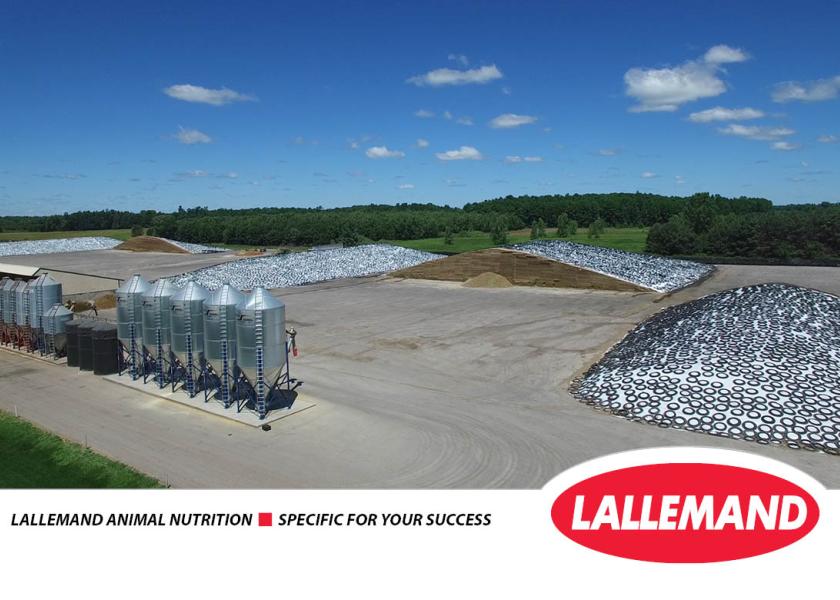You’re Ready for Feedout. Is Your Silage?

When is silage “ready” to be fed out? After several months, the starch in silage is more readily available for microbial fermentation in the rumen. In fact, in vitro studies have shown about a 20 percent difference in ruminal starch digestibility after eight months of fermentation.1
If possible, wait to feed new silage until the starch becomes more digestible, which would happen around four months of storage.
There are steps you can take during harvest to allow for earlier opening. Add a proven silage inoculant containing enzymes if you think you’ll have to open new silage early. Inoculants with high activity enzymes help break down plant fiber, which can improve fiber digestibility. The product label should clearly indicate guaranteed levels validated by independent research studies.
When you are ready to open the new silage, make the transition gradual — over a 10- to 14-day period — and adjust the ration to balance changes in dry matter (DM) and nutrient content. New silage can be introduced as 25 percent of the silage portion of the ration in the first three days, then 50 percent of the ration the next three days and so on until the transition is complete.
For additional silage tips, visit www.qualitysilage.com.
1 Ferraretto LF, et al. Effect of ensiling time and hybrid type on fermentation profile, nitrogen fractions, and ruminal in vitro starch and neutral detergent fiber digestibility in whole-plant corn silage. Applied Animal Science (31);2:146-152.







